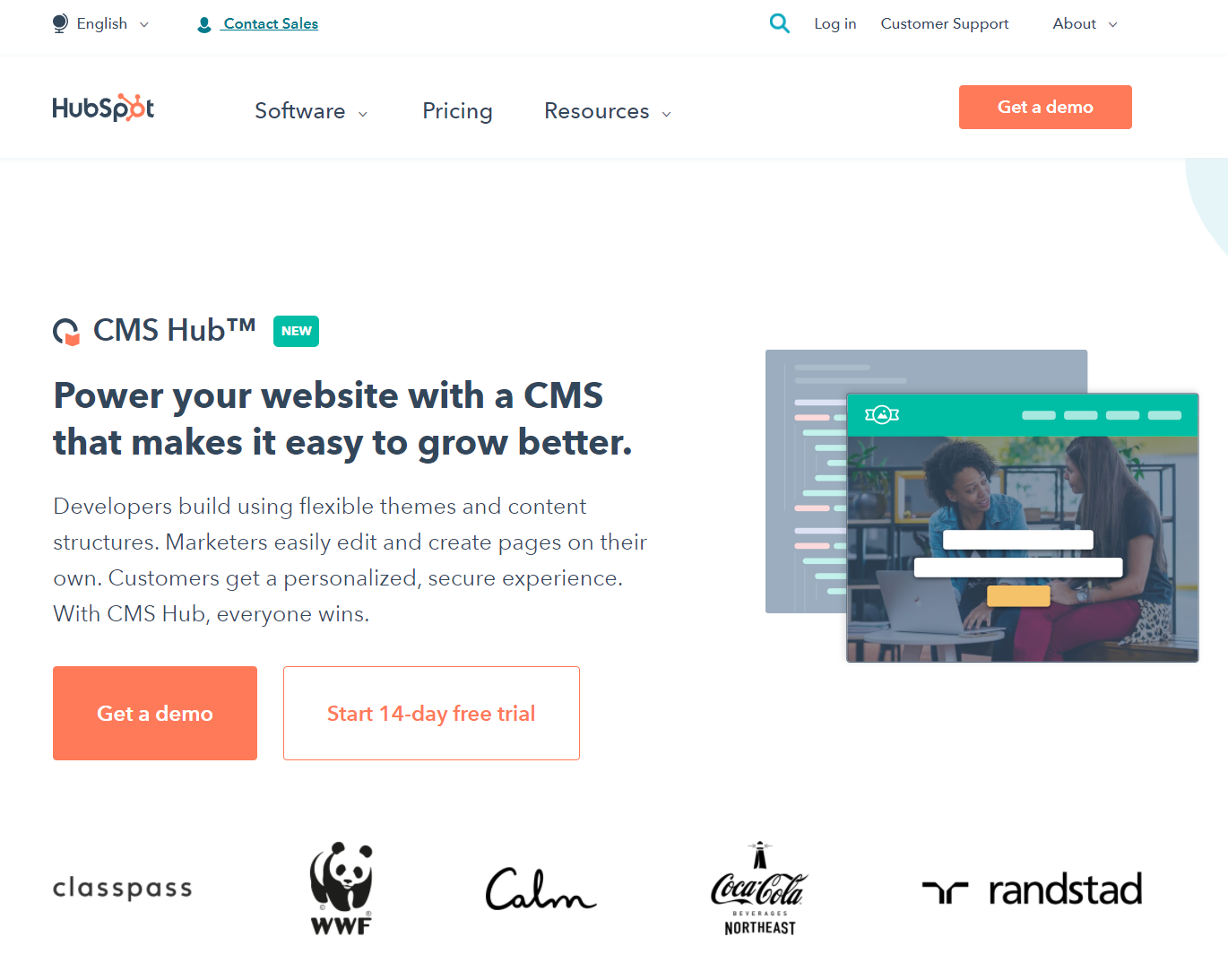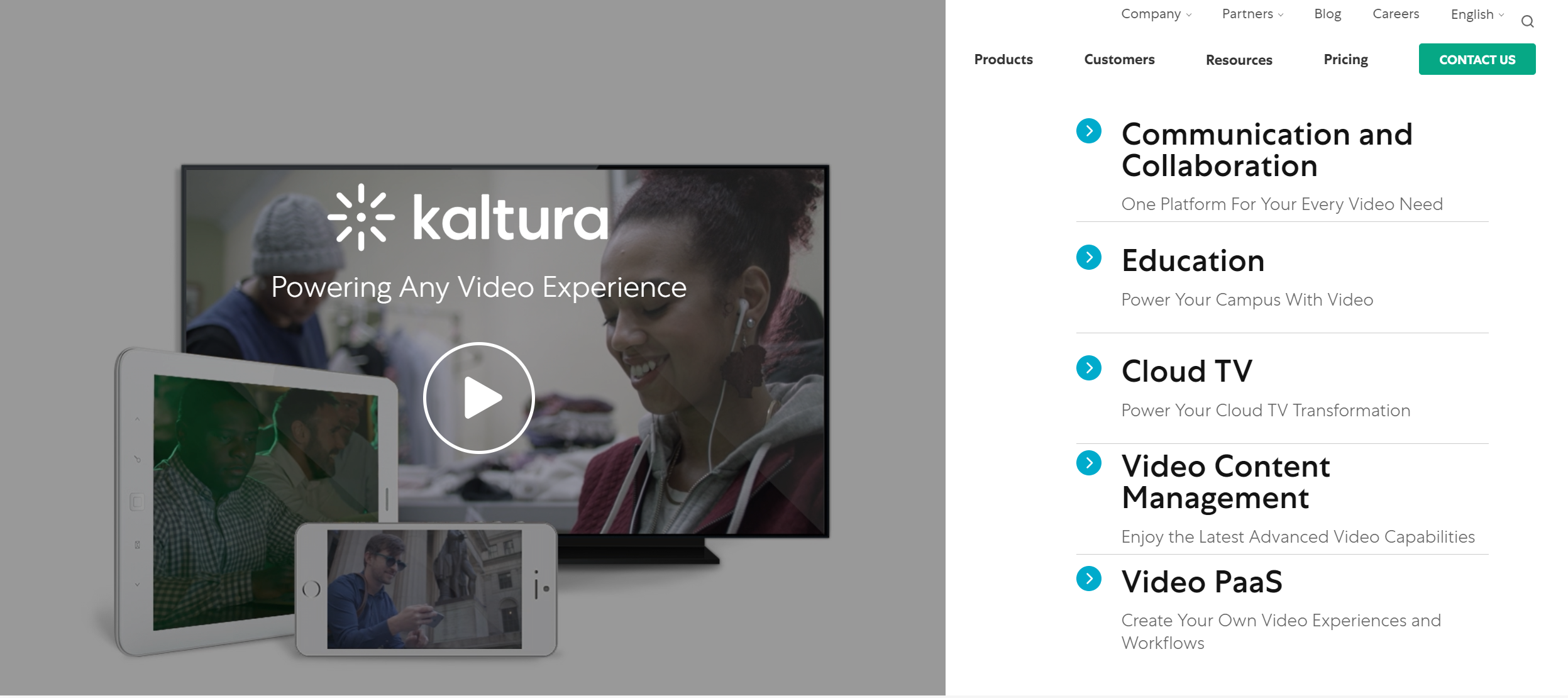Video has become the primary marketing channel executives use to gain visibility, generate leads, and educate customers.
There are good reasons for it. Two out of three online consumers prefer watching a video to reading about a product. Business leaders are increasingly leveraging video to get the most out of their marketing strategies — and it’s working.
However, creating, hosting, and managing video content can be challenging. Shooting a video is more complicated than writing a blog post, and keeping track of the subjects your videos cover, demands good management.
Many business owners who dip their feet into the world of video marketing are encouraged by the results. Understandably, they often start to invest more resources into their video marketing strategies. In a short time, they can end up with a large number of video assets to manage and no easy way to keep track of all of them.
This is where video content management systems (CMS) come into play.
Organized businesses keep their video assets in well-categorized, easily searchable databases. These software solutions are optimized to handle the resource-heavy footprint video content demands.
Content:
Why integrate a video CMS into your video marketing strategy?
Every video marketer eventually reaches a tipping point. Making the right videos available to the right people in a timely, cost-effective way eventually becomes an expensive task in its own right.
Your media partners don’t want to wait several days for your marketing team to find the video you promised. Your salespeople can’t afford to navigate an increasingly complex set of free file hosting drives to get the video customers are asking for — and then wait an extra half an hour for it to download.
Video content management systems enhance the user experience, offer greater privacy and security, and improve search capabilities. They are built to handle very large files at high speeds, and the best ones offer sophisticated analytics capabilities as well.
This makes video CMS an important strategic marketing tool for your business. Choosing the right one can inform marketing decisions in a valuable way.
What to look for in a video CMS
Every video CMS is different. Each one emphasizes different parts of the overall value that scalable content management offers. Some focus on smart indexing, enabling large numbers of users to browse, share, and contribute videos seamlessly. Others offer best-in-class security, superior integrations, or high-tech analytics.
While deciding which video CMS is best for your organization, you need to identify the specific features that offer the greatest value — knowing who views your videos and why is critical to making this choice.
The best video content management systems
Now that you know exactly what your ideal video CMS needs, let’s look at some of the features offered by the industry’s top brands.
CMS Hub
CMS Hub uses HubSpot’s infrastructure to host videos and embed them on websites, blog posts, and social media. It offers a wide range of analytics, helping marketers track video performance and optimize their approach.
All of these features are part of the larger HubSpot suite of marketing products, and they are intended to work together. As a result, there is a definite pressure to go “all in” with HubSpot, and many marketers feel tempted to do so.
This is perfectly fine for marketers who already love using HubSpot. However, it can be problematic for those who don’t necessarily want to use HubSpot’s lead nurturing tools, email systems, or customer relationship management solutions. If you want greater control over your marketing tool stack, it might be best to look elsewhere.

With this video CMS platform, you can choose from two packages:
- Professional that starts at $300 a month.
- Enterprise at a price of $900 a month.
Both packages include a free 14-day trial with no credit card required.
Brightcove
Brightcove is an enterprise-oriented video CMS provider with complete hosting and publishing capabilities. It can create and manage playlists by metadata tags, making it useful for creating guided marketing funnels with video content.
Its quick publish feature makes it very intuitive for non-technical marketers to use. If you’ve had trouble wrapping your head around some of the more complex elements of video marketing, you might find Brightcove’s no-nonsense user interface refreshing.
Data capture and analytics is an area where Brightcove falls short. The software itself does not offer any in-depth analytics for embedded videos. Users can achieve this functionality using additional integrations, but that can make the software somewhat more unwieldy.

Navigating to Brightcove’s pricing page will provide little insight as to how much each of the three plans on offer actually cost. Prices fluctuate according to each company’s unique needs. You have to contact Brightcove for pricing details.
Cincopa
Cincopa is heavy on marketing analytics and automation, capturing a wide range of viewer data points and making them available for further integration. This makes Cincopa a versatile tool for the data-savvy marketer.
For instance, it is easy to set up an email outreach campaign targeted towards people who viewed 50% of a particular video. You can send a different email to people who only viewed the first ten seconds. This puts a great deal of power in the hands of video marketers who are aiming for automated marketing optimization.
Cincopa’s only drawback is that some users might find it technically demanding. While its user interface is wonderfully simple, diving into its most powerful marketing automation features can take time. Fortunately, that time can be amply rewarded with viewer engagement and new conversions.

Cincopa offers four subscription packages.
If you need basic video hosting services for a limited number of videos, the Startup or Plus plans should suffice; these packages go for $9 and $25, respectively. For unlimited video storage and bandwidth, you can choose from Corporate and Agency plans. The first goes for $99 per month, while the second costs $350. If you want to gain access to the platform’s powerful analytics features, the Agency plan is the one for you.
Kaltura
Kaltura’s take on the video CMS market is unique. It is the only open-source video platform on this list. Being open-source means that developers can build customized video CMS applications designed to fit their organization’s unique needs.
Kaltura comes with some innovative business communication tools, as well. For example, it provides users with an interactive collaboration area called “meetings,” which focuses on live video for remote teams. It also has a variety of on-demand video and live stream capabilities built-in.
Kaltura’s unique approach and feature set make it a good option for institutions and large enterprises. It may be viable for tech and education businesses that want an open-source option. Still, many find it difficult to justify the price and time it takes to produce results with this platform.

As with Brightcove, finding an exact price quote on Kaltura’s website is difficult. Plans are tailored for each company’s unique use cases. Most plans will start at $1,000.
IBM
IBM has definitely positioned itself for large-scale video campaigns run by major enterprises, but it may present value to any organization that can justify its cost. In terms of security and raw processing capability, it should come as no surprise that IBM leads the pack.
IBM relies on its trademark Watson supercomputer to auto-caption video content in real-time. It uses a machine-learning algorithm to learn a speakers’ vocabulary and speaking patterns in the video, creating accurate, readable transcriptions on the fly. Of course, these transcriptions are then indexed, so users can use spoken words as search terms.

Despite the tech advantage IBM has over its competition, many business owners will feel priced out of using its most powerful features. The tech giant’s video CMS Gold plan currently costs $499 per month, and its full-featured Platinum plan costs double.
Choose the best video CMS for your business
It’s plainly evident that each of these video content management systems serve a different business marketing strategy use case. Some are better suited for small companies looking to step into the world of video marketing; others are ideally suited for large enterprises creating internal training documents and more.
The strengths and weaknesses of each video CMS are entirely dependent on the users who will ultimately view the video content you want to host. Identify and align with your users’ needs so that you can maximize the value your video content management system represents.







